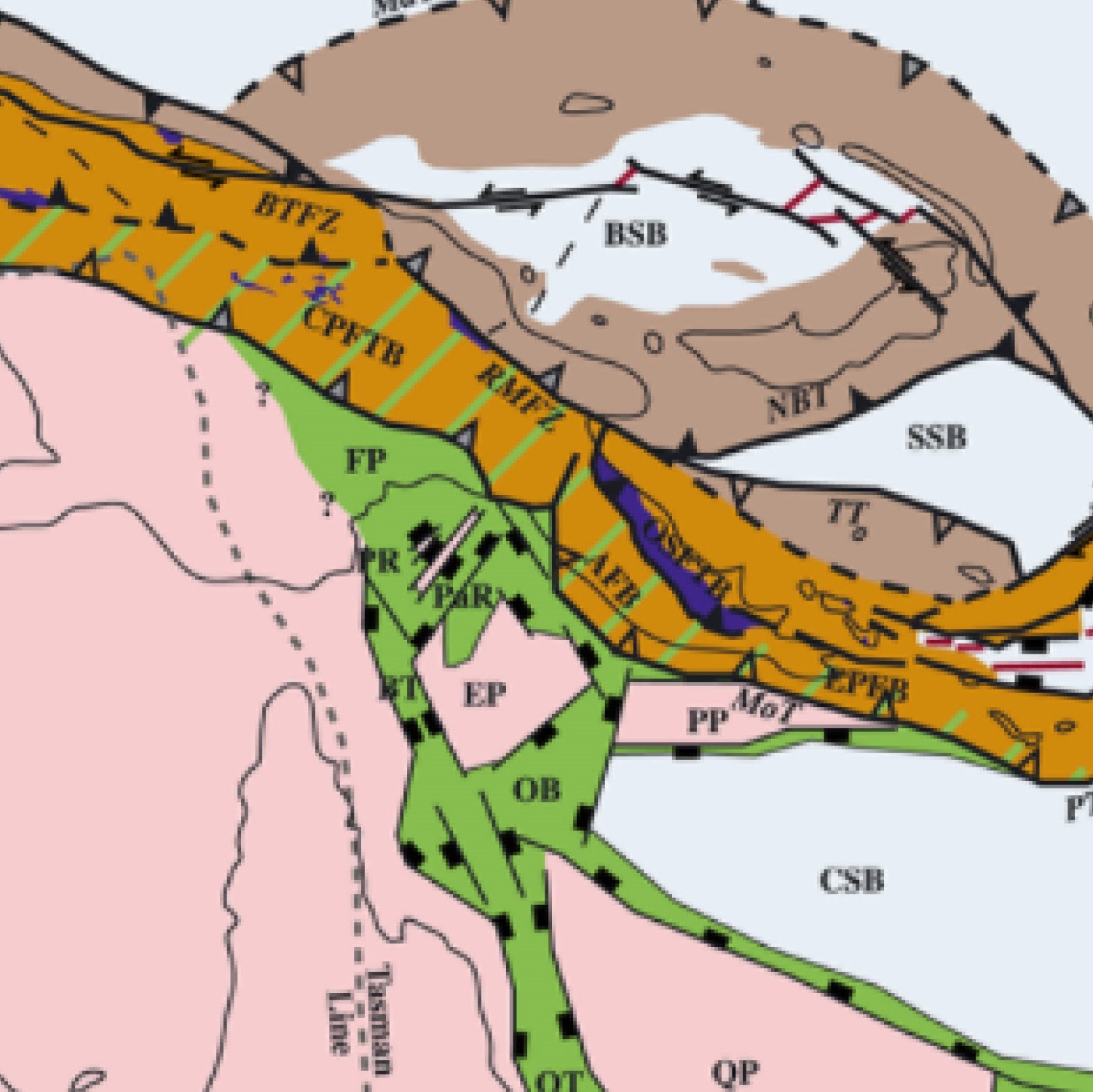
The awarding of the Robert E. Horton Medal to Eric F. Wood recognizes him for major advances he has made toward process-based representation of global hydrology through developing hyperresolution models and enhancing them dynamically with remotely sensed observations using novel methods of data assimilation.
Eric was a pioneer in fundamental research on scaling and similarity of catchment hydrologic responses. He introduced the “representative elementary area” concept that showed that catchment response could be represented in terms of “building blocks” of some minimum size. This breakthrough launched him into the era of spatially distributed hydrologic modeling. Eric was the first to develop a distributed modeling framework that accounted for the effects of topography and land surface–atmosphere interactions involving coupled water–energy dynamics. Many of the distributed modeling concepts Eric pioneered found their way into the Variable Infiltration Capacity (VIC) macroscale hydrology model, which is the default land surface parameterization scheme in many global circulation models used in global change science.
Building on the success of distributed models at river basin scales, Eric Wood and his colleagues extended the modeling all the way to the globe and used the models to make predictions of river flows, floods, and droughts, discovering interesting regional and global patterns. At the continental and global scales, Eric made major contributions to increasing the predictability of streamflow by taking advantage of both soil moisture and precipitation data from satellites. He developed new conceptualizations of radiative transfer that allowed ingestion of radiation data directly into hydrologic models. Eric’s research also showed that knowledge of initial soil moisture provides the main source of forecasting skill and that the potential for improved forecasts was limited by the accuracy of precipitation estimates. Eric’s frameworks for improving predictability have been adopted by major weather forecasting centers around the world to routinely assimilate satellite estimates of land surface conditions into numerical weather prediction models. This enhanced forecast methodology has led to significantly improved drought forecasts.
Finally, through his leadership within global programs such as the World Climate Research Programme and the Global Water and Energy Experiment and his involvement with national organizations such as NASA and the National Oceanic and Atmospheric Administration (NOAA), Eric has steered global water research along his vision of global, distributed hydrology. The promise of global hydrology, deemed impossible only a few years ago, has now been realized through the efforts of Eric Wood, and he is therefore a deserving recipient of the Robert E. Horton Medal.
—Günter Blöschl, Vienna University of Technology, Vienna, Austria

Soil moisture (SM) spatiotemporal variability critically influences water resources, agriculture, and climate. However, besides site‐specific...






